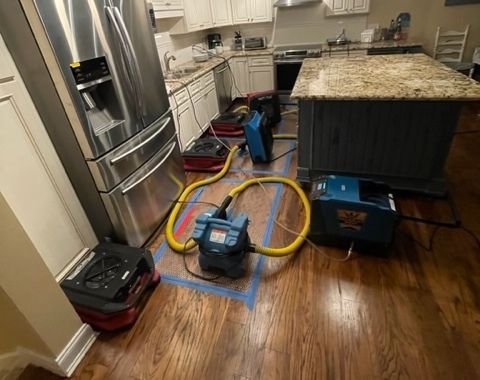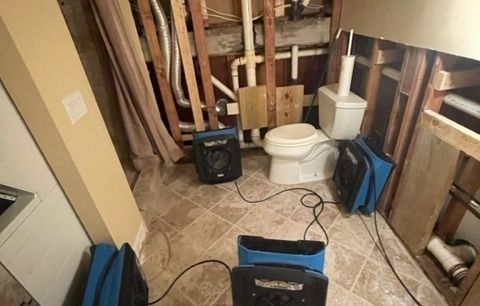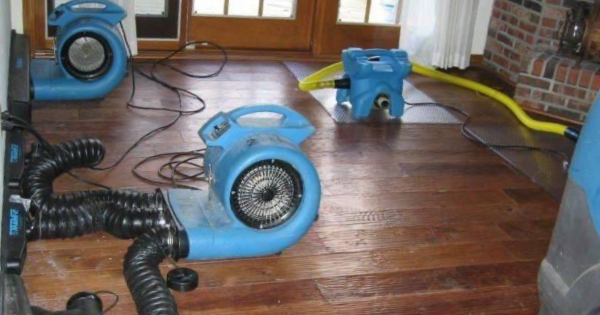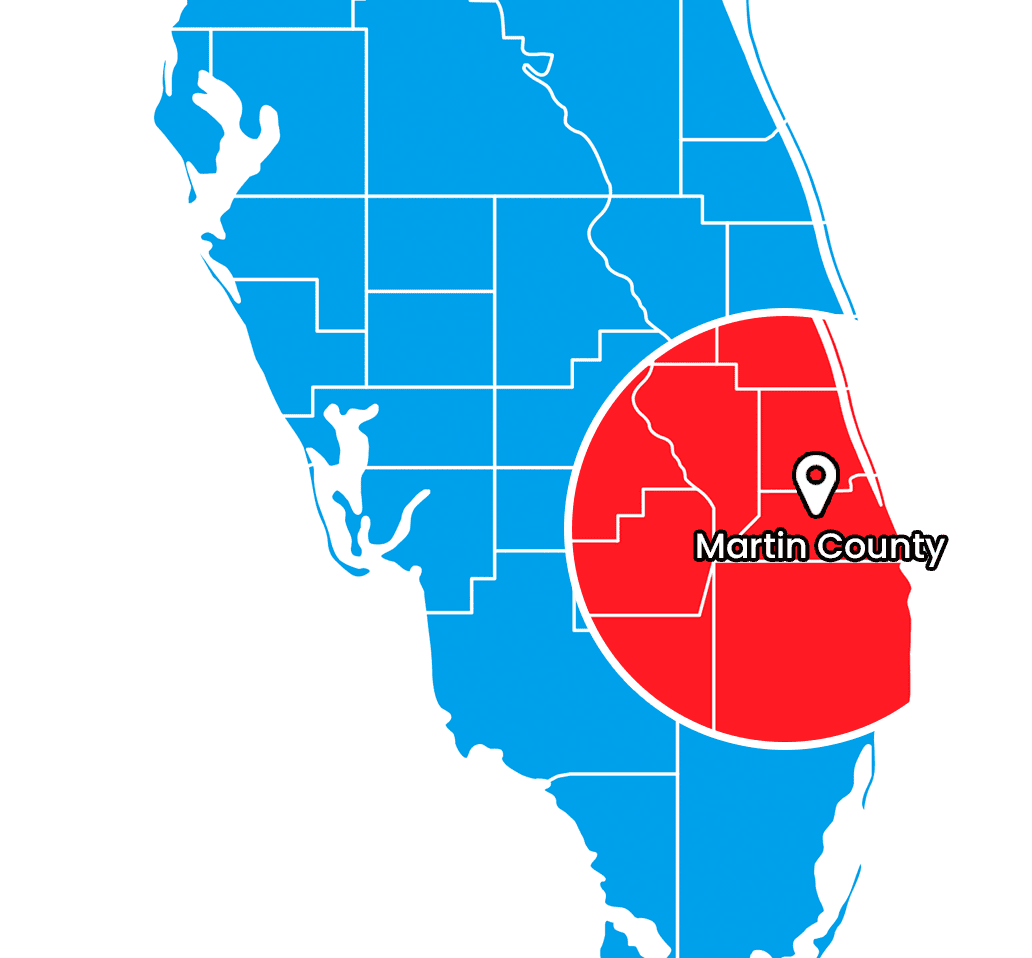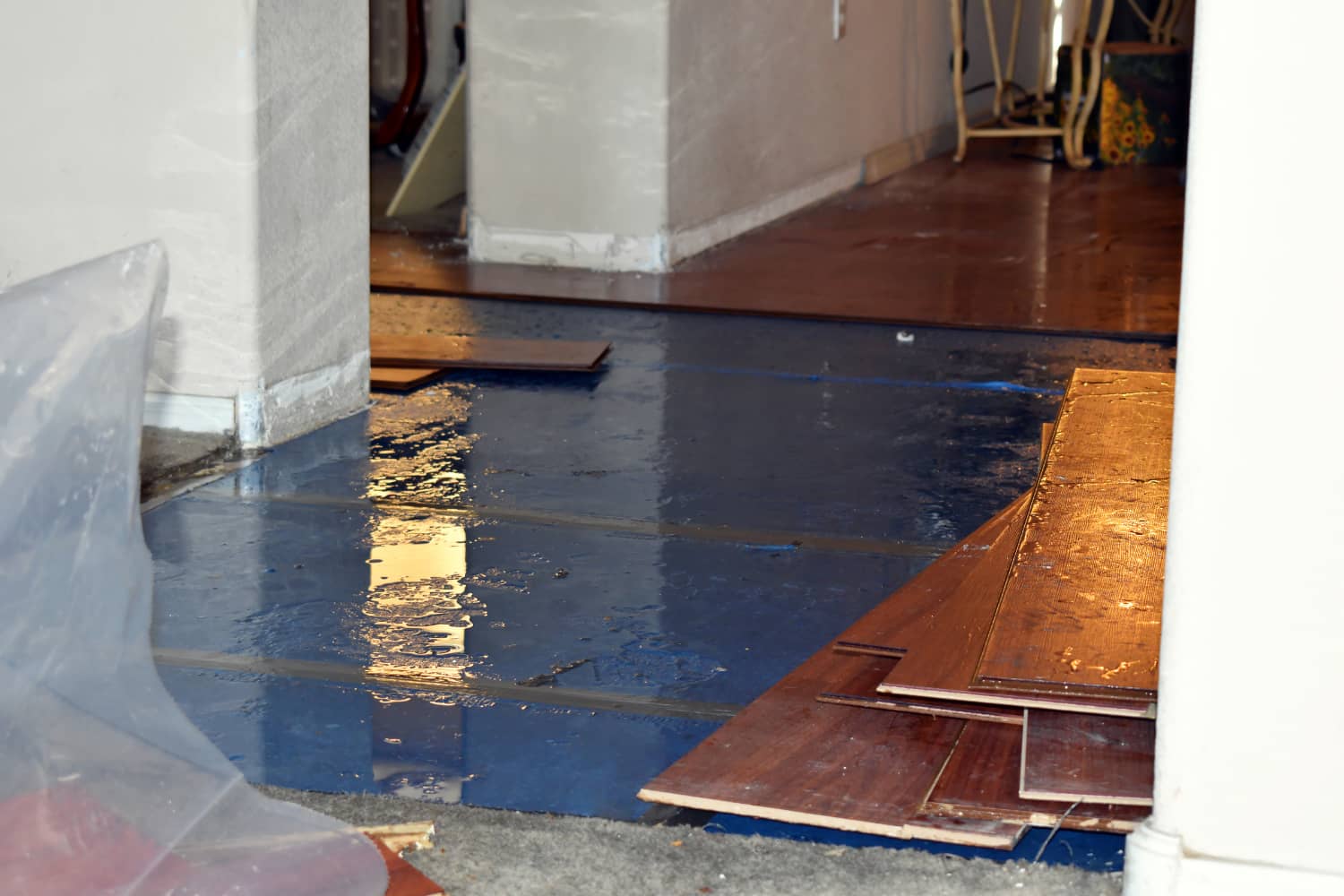
Wood Floor Water Damage and Repair
August 13, 2021
One of the most common complaints we’re called in to address is wood floor water damage. When a homeowner approaches us for assistance, the situation nearly usually calls for refinishing or replacement of some or all of the damaged wood. Here are some observations and ideas for detecting, preventing, and minimizing the damage that water may bring to your hardwood floors. If you need a water damage restoration company that specializes for repairing wood floor water damage, don't hesitate contact DRYOUTpro INC!
An Ounce Of Prevention Is Less Expensive Than The Cost Of Repairing Wood Floor Water Damage
The first thing to keep in mind is that the polyurethane coating on your wood floor is particularly designed to protect water and grime from ever reaching the wood. However, even the most durable polyurethane coatings are not completely water resistant. Maintaining this protective layer is the greatest defense against water harming your wood floor.
Regular cleaning with a good wood floor cleaner and a microfiber mop can help the polyurethane finish last longer and protect the floor from water. Be careful with water while cleaning hardwood floors, it is a sneaky opponent and even if the polyurethane is in good condition, a steady drop of water from an unknown source will make its way into the wood.
How Can I Tell If I Have Wood Floor Water Damage?
Water's destructive effect on wood grows with time. Water has already harmed your wood floor by the time you detect a difference. Cupping of individual planks or crowning of numerous planks results in a hump in the floor. This is one of the earliest symptoms of wood floor water damage. As shown in the images below, as wood absorbs water, it expands, and this expansion is visible as the edges of the board turning up or entire boards collapsing.
Another symptom of wood floor water damage is black or dark staining around the margins of a plank or larger stains over multiple boards. This staining is typically produced by a combination of mold growth, tannins in the wood turning color as they react to prolonged contact with minerals in the water, and rust developing along the edges of the board where nails present. In each of these cases a steady supply of water is necessary to produce the harm.
Where Did the Water Come From?
The first thing to address before attempting to repair wood floor water damage is, "Where did the water come from?" An occasional spill will not cause mold to grow, the tannins in the wood to alter color, or the wood to seem cupped. Persistent wetness over time is necessary for these issues to develop.
External water sources are frequently the first location that homeowners search for water. If you see discoloration around windows or doors, it is most likely due to water seeping below the door or down the framing of an improperly placed or older window. Water on the drywall can often be seen in the form of peeling paint or stains, especially near windows.
More often than not we detect wood floor water damage caused by internal sources of water. If you have a hot water heater in your house with radiators in each room, you should check to see if one of the radiator connections is leaking. This is due to the connectors and valves being above the floor, and you will be able to visually examine for leaks. Internal sources of water that are hidden behind walls, cabinets, or behind appliances are more difficult to locate.
We've recently seen an increase in wood floor water damage caused by refrigerators and dishwashers. Water filters are positioned beneath or below the fridge in a variety of refrigerators. These filters occasionally clog or the filter housings/lines fracture, resulting in a tiny continuous trickle of water. These drips make their way down between the boards and behind the appliance over time. This ruins the floor and produces broken planks in front of the appliance.
Dishwasher drain hoses are another increasingly prevalent source of leaks in the kitchen. The plastic and flexible drain hoses are so cheaply constructed that fractures can occur within a few years and the water will drip down to the floor. Center islands, where the subfloor is frequently exposed to allow for plumbing and electrical access, are especially prone to this issue. Water from the dishwasher drops into the flooring and can travel for many feet. If there is enough water, it can be absorbed by the hardwood flooring above. This creates wood floor water damage such as discoloration, cupping, or crowning.
Another typical issue with dishwasher drain hoses is that they are not adequately supported. The plastic hoses must bend and are frequently longer than necessary. The tight bends can fracture with time, causing a concealed leak that can damage your wood floor. Whatever the source of the water, the leak must be located and repaired before the flooring can be repaired.
A Wood Floor Water Damage Repair Company Serving Central Florida
Contact DRYOUTpro PLUS, INC. at (772) 288-4222 today for 24 hour water cleanup, fire damage restoration, or mold remediation along with any of our other services or get an instant quote from our website. Our water damage restoration company will get to your Florida home or business in 30 to 60 minutes.

